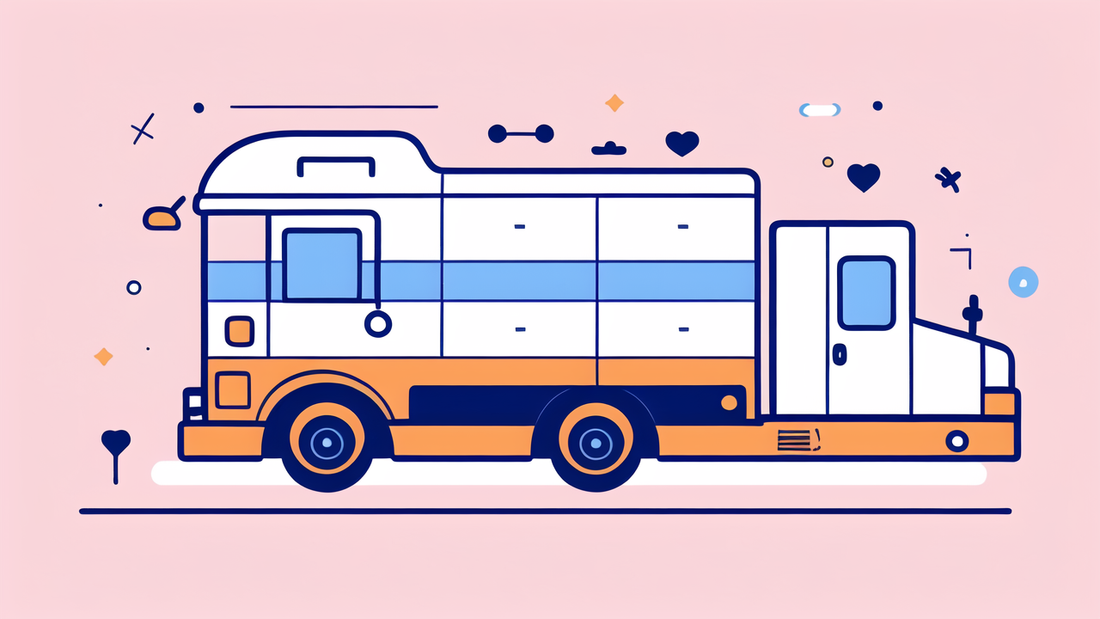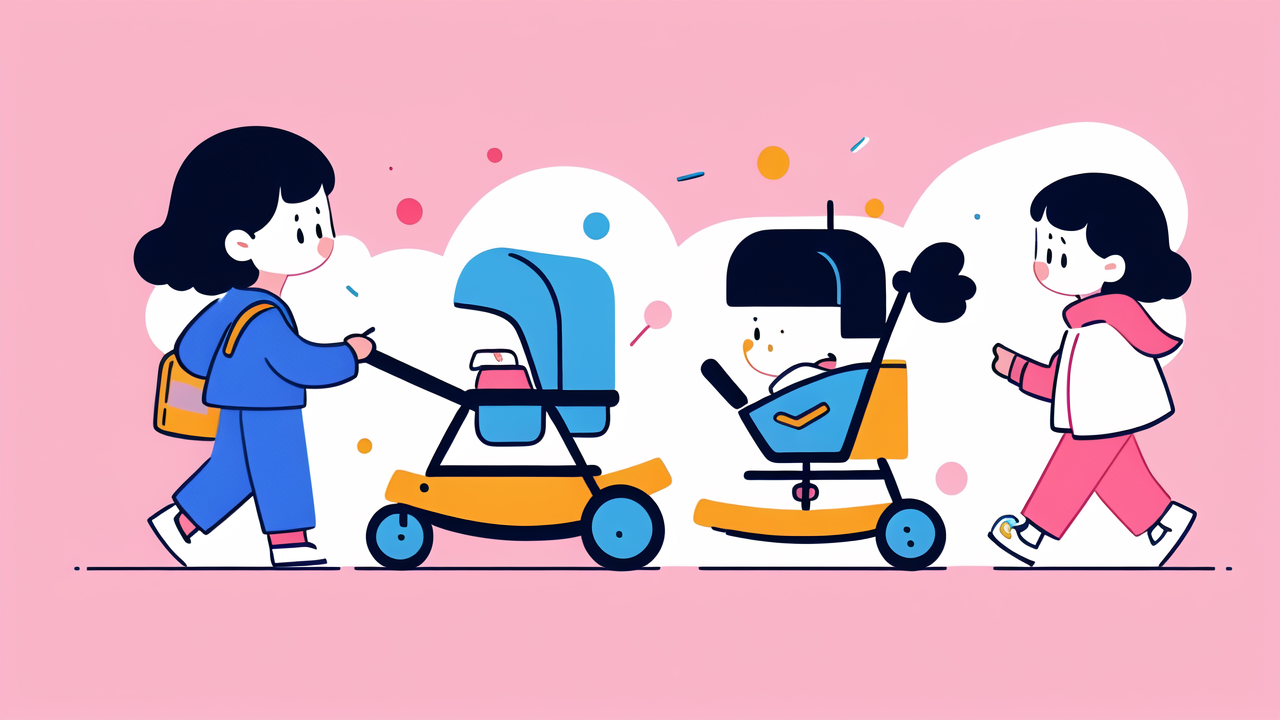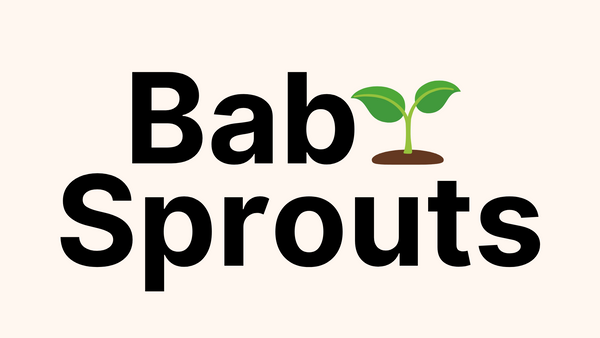
Baby Essentials Roundup: Walkers, Pacifiers, and Infant Sweaters
The Essentials: Choosing the Right Walker for Your Baby
Key Considerations for Baby Walkers
When selecting a baby walker, safety is paramount. Look for models with wide bases to prevent tipping. Ensure the walker has a sturdy frame and smooth edges. Check for safety features like wheel locks and non-slip pads. Consider adjustable height settings to accommodate your growing baby. Comfort is crucial, so opt for a well-padded seat. Easy-to-clean materials are a plus for inevitable spills. Some walkers come with activity trays, which can be engaging for babies. However, remember that too many features might be overwhelming. Balance fun with functionality to find the perfect walker for your little one.

Top Baby Walker Brands and Models
Several brands stand out in the baby walker market. Joovy Spoon Walker is known for its simplicity and clean design. The Safety 1st Sounds 'n Lights Discovery Walker offers interactive features. For a more traditional option, the VTech Sit-to-Stand Learning Walker is popular. The Baby Einstein Neptune Ocean Explorer Walker combines education with entertainment. Bright Starts Walk-A-Bout Walker is budget-friendly without compromising quality. Each model has unique features, so consider what aligns best with your baby's needs and your lifestyle. Read reviews and ask other parents for their experiences to make an informed choice.
How to Determine the Best Size and Style for Your Child
Choosing the right size and style of baby walker depends on your child's age, weight, and height. Most walkers are suitable for babies who can hold their head up unassisted. This typically occurs around 4-5 months. Check the weight limit of the walker to ensure it's appropriate for your baby. Consider your living space when selecting a style. If you have limited room, a compact walker might be best. For larger areas, a walker with more features could work well. Some walkers convert from seated to walk-behind styles, offering longevity. Always measure your baby's height to ensure their feet touch the ground comfortably in the walker.
Infant Sweaters and Pacifiers: Must-Haves for Cozy Comfort
Why Your Baby Will Need an Infant Sweater
Infant sweaters are essential for keeping your baby warm and comfortable. Babies can't regulate their body temperature as well as adults. A sweater provides an extra layer of warmth, especially in cooler weather. Look for soft, breathable materials like cotton or wool blends. Avoid scratchy fabrics that might irritate your baby's sensitive skin. Choose sweaters with easy-to-use closures like snaps or zippers. This makes dressing and undressing your baby simpler. Opt for versatile colors and styles that can mix and match with other clothing. Consider getting sweaters in various sizes to accommodate your baby's rapid growth.

The Best Infant Pacifiers: Features and Recommendations
Pacifiers can be a source of comfort for many babies. When choosing a pacifier, look for orthodontic shapes that support proper oral development. Silicone pacifiers are durable and easy to clean. Some popular brands include Philips Avent, MAM, and NUK. Consider pacifiers with ventilation holes to prevent skin irritation. One-piece pacifiers are safest, as they have no parts that can detach. Some pacifiers come with protective cases for hygiene on the go. Remember that not all babies take to pacifiers, so don't worry if yours doesn't. Always check the pacifier's size recommendations to ensure it's appropriate for your baby's age.
Tips on Caring for Your Baby's Sweater and Pacifier
Proper care of your baby's sweaters and pacifiers is crucial for hygiene and longevity. For sweaters, always check the care label. Many can be machine washed, but some may require hand washing. Use a gentle, baby-safe detergent to avoid skin irritation. Air-drying often works best to maintain the sweater's shape. For pacifiers, sterilize them before first use. Regularly clean pacifiers with hot, soapy water or in a sterilizer. Replace pacifiers every two months or sooner if they show signs of wear. Never use your mouth to clean a pacifier, as this can transfer bacteria. Store clean pacifiers in a dry, covered container. Inspect sweaters and pacifiers regularly for any damage or wear.
Beyond the Basics: Extra Items for New Parents
Elevating Your Stroller: Accessories and Enhancements
Stroller accessories can greatly improve your outings with your baby. A weather shield protects your little one from rain or wind. Cup holders are handy for carrying drinks or small items. A stroller organizer keeps essentials within easy reach. Clip-on fans can keep your baby cool on hot days. Consider a stroller hook for hanging shopping bags. A snack tray gives your child a place for toys or light meals. For longer walks, a stroller board can accommodate an older sibling. Always ensure accessories are compatible with your specific stroller model. Be mindful not to overload your stroller, as this can affect its stability and maneuverability.

The Role of Toys and Books in Baby Development
Toys and books play a crucial role in your baby's development. Age-appropriate toys stimulate cognitive and motor skills. Soft blocks, rattles, and teething toys are great for younger babies. As they grow, introduce shape sorters and stacking cups. Books are essential from day one. Board books with high-contrast images are perfect for newborns. As your baby grows, interactive books with textures or flaps become engaging. Reading aloud helps develop language skills and creates bonding time. Rotate toys regularly to maintain interest. Remember, simple household items can also be great toys. A wooden spoon or empty box can provide hours of entertainment and learning.
Seasonal Essentials for Your Baby's Wardrobe
Your baby's wardrobe needs will change with the seasons. In summer, lightweight, breathable clothes are key. Onesies, sundresses, and rompers work well. Don't forget sun hats and light sweaters for cooler evenings. For winter, layering is crucial. Start with a onesie, add pants and a long-sleeve shirt, then a sweater or jacket. Warm hats, mittens, and booties are must-haves. In spring and fall, be prepared for changeable weather. Keep a light jacket or cardigan handy. Rain boots and a waterproof jacket are useful for wet days. Always have spare clothes available, regardless of the season. Remember, babies grow quickly, so don't overbuy in any one size.
